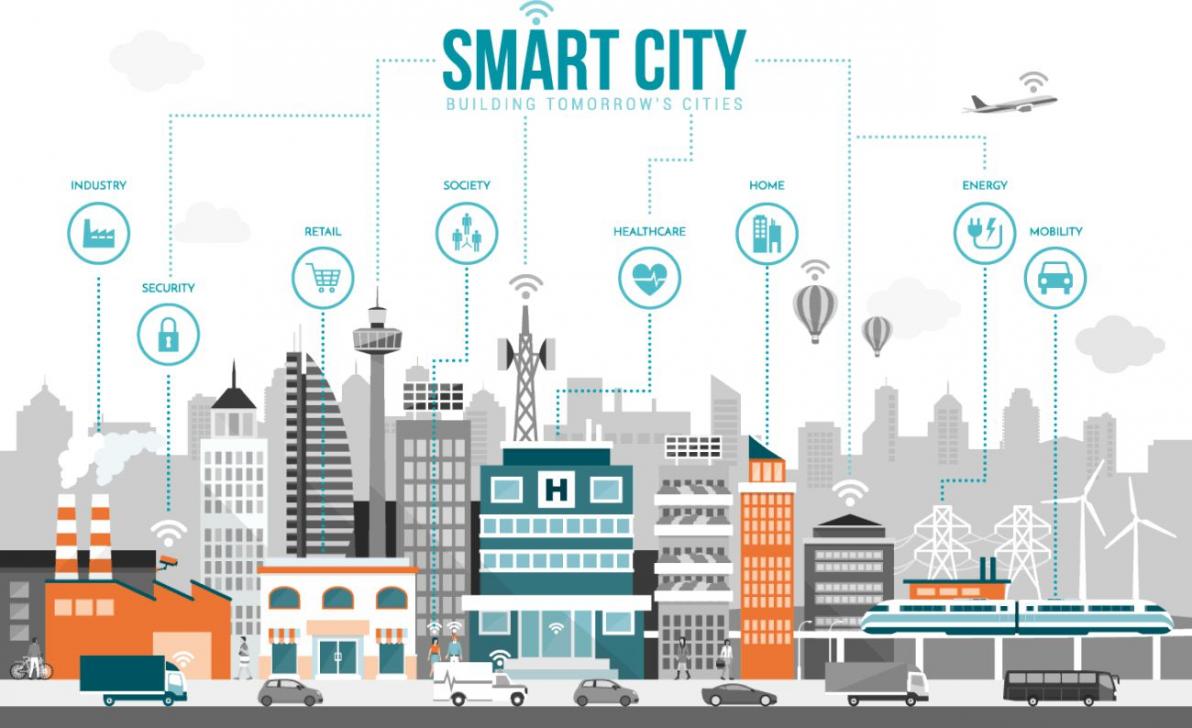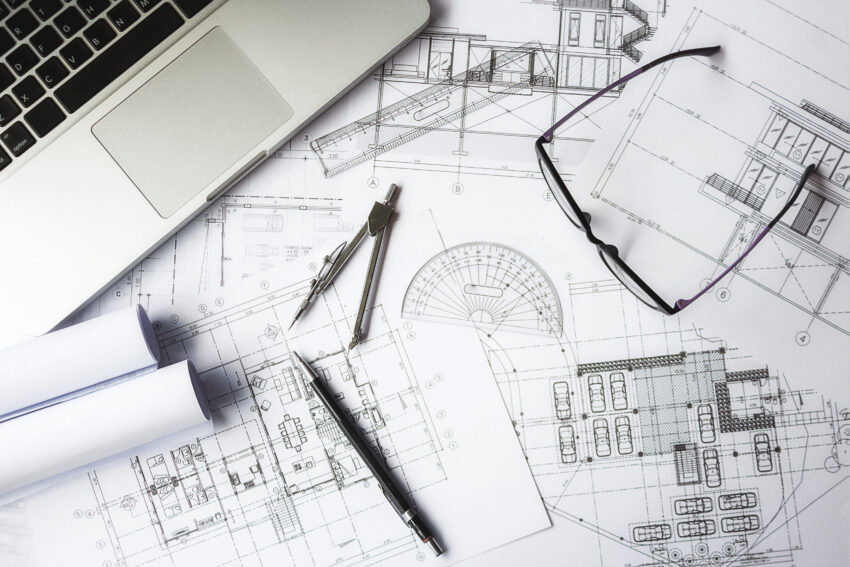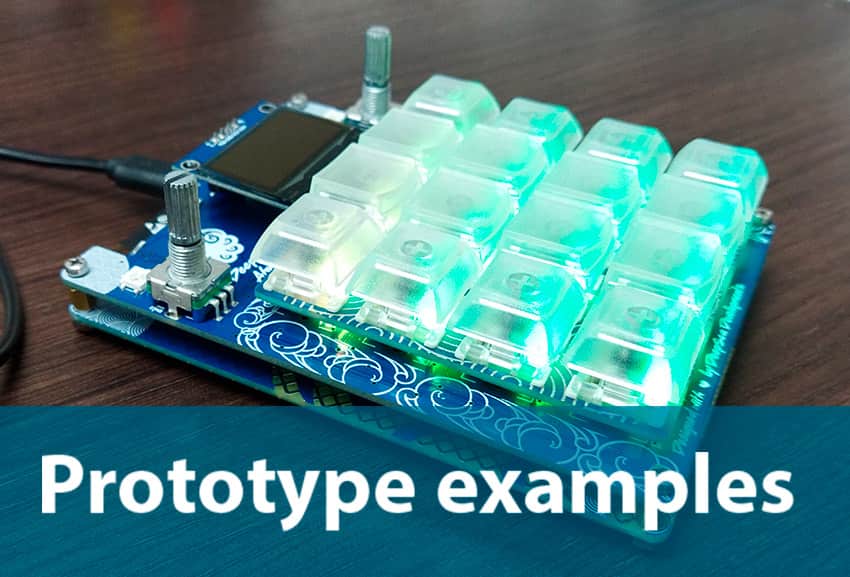Technology, efficiency, interaction and sustainability are the key points to the future of the planet.
The climate crisis, urban planning, insecurity in the streets and vandalism, are challenges to be faced in a smart way.
In fact, it is through skilled citizens putting technology at the service of a greater good that we can build cities based on social, environmental and sustainable responsibility; more friendly and efficient environments are necessary for a better wellbeing and to give the planet a break.
To achieve smart and self-sufficient environments, it is essential the use of key tools of the Internet of Things, machine learning -artificial intelligence systems that allow machines to learn without being programmed for it- and data science. In this way, it is clear that the power of data plus artificial intelligence will create interconnected cities.
When we browse the internet, we are creating massive amounts of data, large volumes of information on which we can take advantage of. For instance, we can profit from these, if we dig into the use of the Internet of Things for smart cities and apply it, building more friendly and functional environments.
Let’s look into a real scenario: the use of a real-time traffic Application, which, through GPS, tells the driver the best route, even with average arrival time. This app is used daily, thanks to smartphones, which are the basic IoT devices that have a GPS sensor and an internet connection (data). Then the information collected goes to the cloud and the App presents it in a dashboard or data information center so whoever uses the App knows which is the shorter route or how the traffic is in a certain area.
As a result, a person connected to the internet using a smartphone -a classic example of the IoT device par excellence- senses the location variable, which communicates using the SIM card and provides information through the App.
Pillars of Smart Cities
One of the pillars of smart cities, being a fundamental one is: efficiency. The IoT in mobility is an important asset to monitor traffic: report accidents or traffic jams, report bad driving behaviors or manage traffic lights. In essence, it allows us to have less crowded streets and be environmentally cleaner.
However, efficiency in smart cities can be reflected in other ways. One of them is the lighting of public spaces with sensors that manage energy expenditure according to the occupation of people in an area; or in smart and automated parking lots and buildings to reduce congestion times on the streets.
To create better conditions in smart cities, we have a second pillar focused on environmental sustainability, which aims at the proper administration of energy, water and waste management resources, and where the IoT facilitates the implementation of sensors to monitor, measure, and mitigate negative impacts; For example, the use of the Internet of Things in smart cities allows generating a real-time alert when a garbage container must be vacated or replaced.
The third pillar that a smart city must have is: security. It generates a peaceful environment for citizens and visitors, it increases the economic investment of a country and reduces unemployment.
How can we achieve this?
With the use of surveillance systems, closed circuit television, facial recognition, license plate recognition, RFID access controls, and fire and flood detection.
The fourth pillar is focused on the interaction between government transparency and public policy disclosure. For example, using Information and Communication Technologies, a relationship between government and society can be produced, with the sole purpose of ending corruption
What can be achieved with the interaction between government and citizens?
If it is a starting point between the two fronts, transparency in the management of public administration procedures can be achieved. To do this, it is necessary to create platforms that allow people to organize, inform themselves, and mobilize for the greater good.
The fifth pillar is focused on the smart economy, which seeks to promote development, sustainability and new investments. The implementation of the IoT in the economy has enabled improvement in the automation of basic tasks. This means that each person can have access to their banking information through an App, or shop online, for example.
The sixth pillar has to do with society habits and routines. This pillar allows improving people’s life quality with the use of the IoT, in areas such as: education, health services, digital literacy programs or housing planning, among others, through smart infrastructures. Regarding healthcare, for instance, long-distance electronic devices can be used to monitor people’s health or, thanks to the ICT infrastructure, a large amount of data can be managed that would become essential to preventing epidemics.
To sum up, many cities are working to become true smart cities. Governments are encouraging these initiatives and companies must be prepared to give support services that adapt to this new reality.
Does DeepSea have solutions regarding smart cities?
In this field, our company developed a system that detects free parking slots on the streets (for a Canadian company). How does it work? You have to install a device that detects whether the parking slot is occupied or available.
This is just one of several different solutions that we have contributed to developing for today’s smart cities. We are an expert company in this area.






